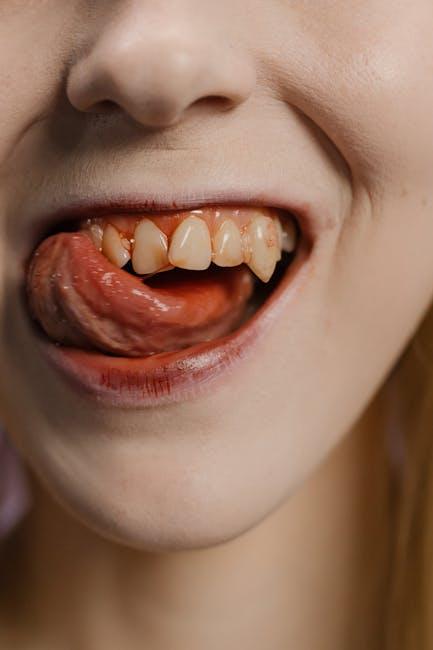
Does Medicaid Cover Dental? Orthodontics, Common Procedures & State Coverage
When it comes to Medicaid, many people wonder: does Medicaid cover dental care? Access to dental services is essential for maintaining overall health, and dental issues can become costly without insurance. However, Medicaid’s dental coverage is not uniform across the United States. This article dives deep into how Medicaid handles dental benefits, including orthodontics, frequently covered procedures, and how coverage varies by state. Whether you’re a Medicaid enrollee or considering applying, understanding dental coverage options can help you get the care you need.
What Is Medicaid Dental Coverage?
Medicaid is a state and federally funded program that provides health insurance to low-income individuals and families. While Medicaid includes comprehensive health benefits, dental care coverage is somewhat limited and varies because states have flexibility in deciding the scope of dental benefits.
Key highlights about Medicaid dental coverage:
- Medicaid must cover dental services for children under the Early and Periodic Screening, Diagnostic, and Treatment (EPSDT) benefit.
- Adult dental benefits are optional and vary widely from state to state.
- Some states provide extensive adult dental coverage, including orthodontics, while others offer only emergency dental services.
Does Medicaid Cover Orthodontics?
Orthodontic treatments such as braces are a common concern for Medicaid enrollees who need dental care. The short answer: Medicaid dental coverage for orthodontics is limited and typically reserved for medically necessary cases.
Medicaid Orthodontic Coverage – What You Should Know
- Children: Most states provide orthodontic coverage for children if the treatment is deemed medically necessary—for example, to correct severe jaw misalignment or congenital defects.
- Adults: Orthodontic coverage for adults is rare and usually not included in basic Medicaid plans.
- To qualify, dental providers often need to show that the orthodontic intervention addresses complicated medical or functional dental problems, not purely cosmetic reasons.
Common Dental Procedures Covered by Medicaid
While Medicaid’s dental benefits differ by location and demographic, here are some common dental procedures that Medicaid often covers:
- Preventive Care: Routine exams, cleanings, fluoride treatments, and sealants for children.
- Diagnostic Services: X-rays and oral exams.
- Restorative Care: Fillings, root canals, crowns, and dentures.
- Emergency Dental Services: Treatment for severe pain, tooth extractions, or infections, especially for adults.
State-by-State Medicaid Dental Coverage Comparison
Since Medicaid is administered by individual states, dental benefits can be dramatically different depending on where you live. The table below summarizes the general adult dental coverage offered by different states as of 2024:
| State | Adult Dental Coverage | Orthodontics Coverage |
|---|---|---|
| California | Comprehensive preventive & restorative | Medically necessary for children |
| New York | Wide range including emergency & routine | Covered medically for children |
| Texas | Emergency dental only | Rarely covered |
| Florida | Emergency services only for adults | Not typically covered |
| Illinois | Preventive, restorative, and emergency | Children’s medical necessity only |
Benefits of Medicaid Dental Coverage
Access to dental care through Medicaid can provide significant benefits to enrollees, especially those with limited financial resources:
- Improved overall health: Treating dental problems can prevent infections and diseases that impact general health.
- Pain relief: Timely care can reduce dental pain and prevent costly emergency visits.
- Better self-esteem: Restorative and orthodontic treatments can improve smiles and confidence, especially in children.
- Cost savings: Medicaid coverage reduces out-of-pocket expenses for dental care, which can be expensive without insurance.
Practical Tips for Using Medicaid Dental Benefits
Maximize your Medicaid dental benefits by following these useful tips:
- Find in-network providers: Use your state Medicaid dental provider directory to locate dentists who accept Medicaid.
- Confirm coverage specifics: Call your state Medicaid office or dental provider to confirm which procedures are covered.
- Schedule regular visits: Preventive care is usually the most widely covered and beneficial dental benefit.
- Keep documentation handy: If applying for orthodontic treatment, be prepared to provide medical necessity documentation.
- Stay informed on state policy changes: Medicaid dental benefits can change yearly, so keep updated via official state Medicaid websites.
Case Study: Medicaid Dental Success Story
Maria’s Experience: Maria, a Medicaid recipient in Illinois, needed orthodontic treatment for her 12-year-old son’s severe overbite that caused speech and chewing difficulties. After her dentist documented the medical necessity and submitted the claim, Medicaid approved and covered his braces, significantly improving her son’s quality of life and self-confidence without financial strain.
Conclusion
So, does Medicaid cover dental? The answer is yes—but with many nuances. Medicaid guarantees dental coverage for children under the EPSDT benefit, including many preventive and restorative treatments, but coverage for adults varies by state, typically focusing on emergency services. Orthodontic care is usually limited to children with medically necessary needs and is rarely available for adults.
To get the most out of your Medicaid dental benefits, it’s important to understand your state’s specific coverage, find qualified providers, and regularly attend dental appointments. If orthodontics or extensive dental treatment is needed, start by discussing options with your dentist and Medicaid office. With the right knowledge and support, Medicaid can be a powerful tool in maintaining your oral health and overall well-being.


